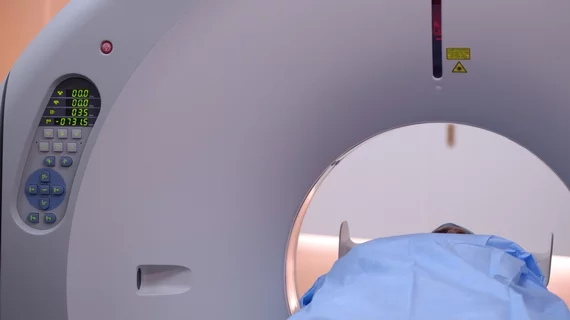How the 2022 contrast media shortage impacted stroke care
The 2022 nationwide shortage of intravenous iodinated contrast media made a clear impact on stroke care in the United States, according to a new analysis published in the American Journal of Neuroradiology.[1]
A team of specialists from the University of Missouri (UM) School of Medicine, University of Texas Rio Grande Valley School of Medicine and Viz.ai collaborated on the study, tracking the daily utilization of CT angiography (CTA) and CT perfusion (CTP) studies from February 2022 to July 2022. Data came from commercially available Viz.ai software at nearly 400 U.S. hospitals.
Overall, the group compared imaging utilization before, during and after the shortage—which lasted from the middle of April to early June—and determined that the shortage reduced the use of CTA scans by approximately 10% and the use of CTP scans by 26%. Both exams play an important role in the treatment of stroke patients.
“The reduction was smaller than expected because there are other manufacturers of contrast media in the United States,” lead author Adnan Qureshi, MD, a UM neurologist, said in a prepared statement. “The reduction in CTPs was much greater and can be explained by how neurointerventionalists and stroke physicians use these tests. A CTA is important to identify if there is any blockage in the brain blood vessels that can be treated by clot removal. CTPs help identify whether there is salvageable brain tissue.”
Qureshi also examined how contrast media was distributed throughout the two-month shortage. Hospitals, private practices and other healthcare facilities spent the shortage implementing a variety of conversation strategies. Should some locations have been treated differently than others?
“Another aspect that needs to be considered is whether comprehensive stroke centers should be prioritized during a contrast media shortage, since they are seeing a larger number of stroke patients and are also selecting patients for clot removal treatments,” Qureshi said in the same statement.
The study’s authors concluded that more research is still required to help determine which conservation strategies are the most effective at reducing the need for CTA and CTP studies during nationwide shortages.
Read the full study here.

